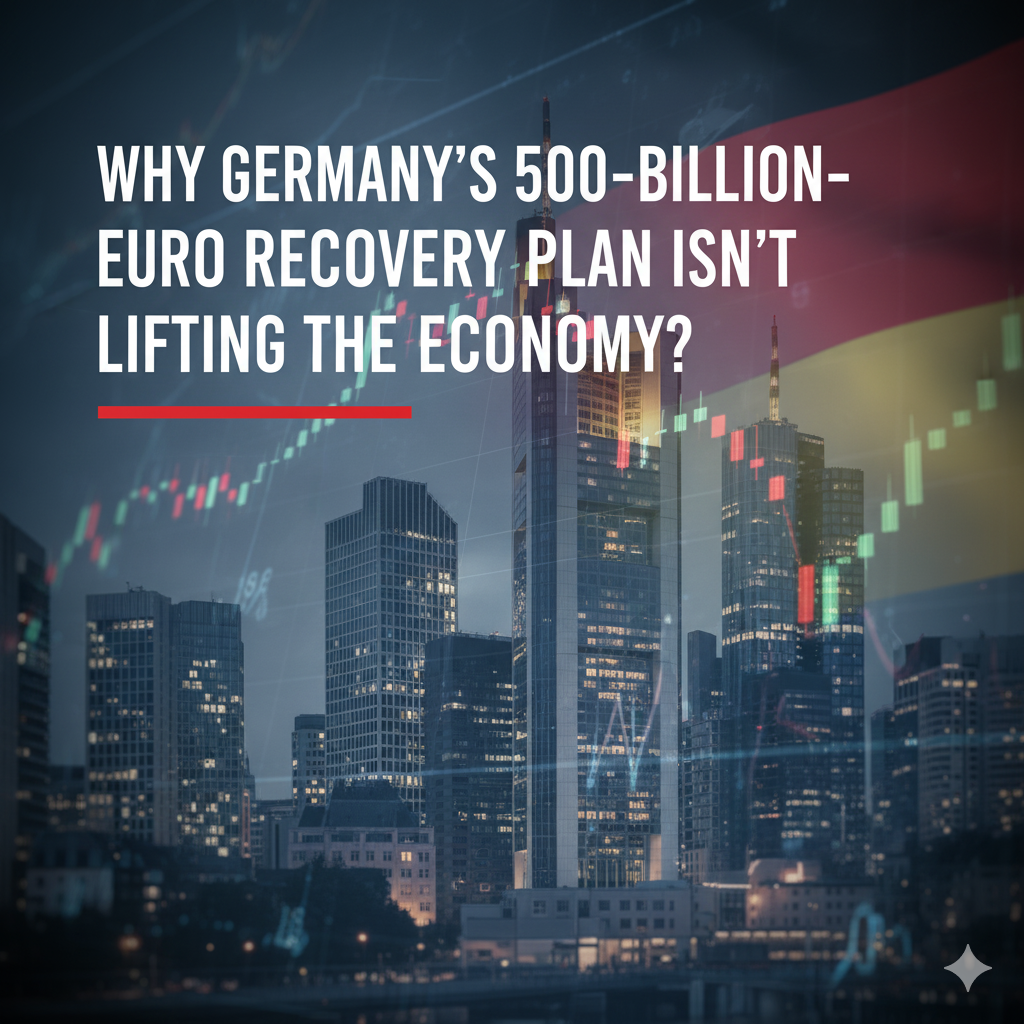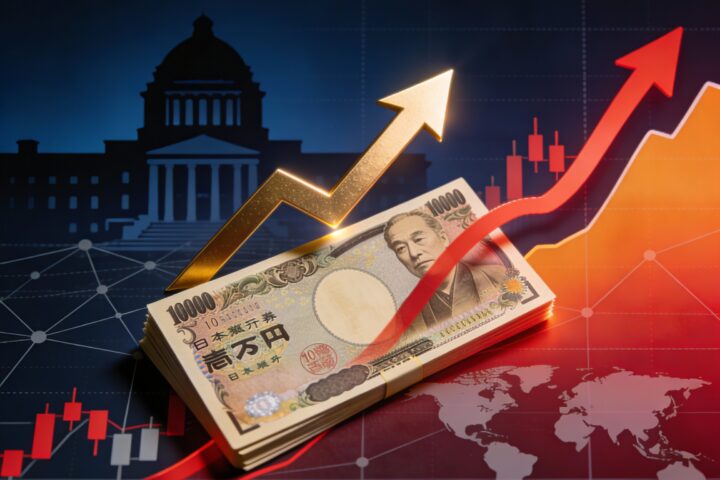Germany’s much-hyped 500-billion-euro recovery fund was meant to be the engine that reignites Europe’s largest economy. But instead of powering growth, it’s sputtering. Economic experts now warn that Berlin’s massive spending plan may be falling flat — and that the country’s economic outlook for 2026 is weaker than expected.
The Promise of a Comeback That Never Took Off
When Chancellor Friedrich Merz introduced the recovery fund, it was positioned as a bold fix for two years of economic stagnation. The plan aimed to modernize infrastructure, repair aging bridges, upgrade rail networks, and invest in green projects to cut emissions — all while restoring confidence in Germany’s global competitiveness.
Yet, months later, optimism has faded. The country’s Council of Economic Advisers slashed its 2026 GDP growth forecast to 0.9%, down from the earlier 1% projection, and well below the government’s own estimate of 1.3%.
The message is clear: Germany’s stimulus isn’t hitting the real pain points of its economy.
Experts Say the Money Is Being Misused
The problem isn’t the size of the fund — it’s how it’s being spent. The advisers argue that a large share of the €500 billion has gone into budget reallocations and daily operational costs, rather than the new investments needed to spark sustainable growth.
“If the funds were used entirely for additional investments, GDP could grow by up to 5% by 2030,” said Martin Werding, one of the council’s members. “But under current plans, the boost will likely be under 2%.”
Their recommendation? Berlin must restructure the plan to ensure that the money targets projects that genuinely create value — innovation hubs, advanced manufacturing, clean energy infrastructure, and workforce retraining.
A Recovery Plan Caught in Bureaucracy
What was supposed to be a transformative economic program has become tangled in layers of bureaucracy and political compromise. Critics say the Merz coalition’s cautious spending style and Germany’s constitutional debt brake rules have slowed the fund’s real impact.
Meanwhile, Berlin’s decision to exempt defense spending from debt limits — while necessary for security — has further complicated the nation’s fiscal balance. The risk, experts say, is that Germany might be financing yesterday’s problems instead of investing in tomorrow’s opportunities.
Industry Still Struggling to Find Its Footing
The German industrial engine — once the envy of Europe — continues to struggle. Exports remain weak, U.S. tariffs are biting into key sectors, and manufacturing output is far below pre-pandemic levels.
For a country that has long relied on exports, global demand shifts are proving hard to absorb. Economists warn that without bold innovation, digital transformation, and stronger domestic investment, Germany risks a prolonged stagnation phase.
What Happens Next for Berlin?
Berlin faces a difficult balancing act. On one side is the need to maintain fiscal discipline; on the other, the urgent demand to reignite growth and restore business confidence.
The Council’s report calls for greater transparency and stricter monitoring of how the recovery fund is used — echoing growing public frustration over sluggish reforms.
If Berlin can refocus its spending on high-impact sectors, analysts believe growth could rebound by the end of the decade. But if spending continues as planned, Germany might only see marginal improvement, barely avoiding a third consecutive year of contraction.
The Bigger Picture: Europe’s Engine Needs a Tune-Up
Germany’s slowdown isn’t just a national issue. As the continent’s largest economy, its performance shapes the broader Eurozone outlook. A sluggish Germany means slower European growth, weaker trade flows, and rising political tension across the bloc.
The world will be watching whether Berlin can reinvent its economic model from an export-heavy past to a more innovation-driven future.
Stay informed with the latest updates in global finance, markets, and AI innovation.
👉 Follow DF Media for real-time analysis and stories shaping the future of business and technology.







